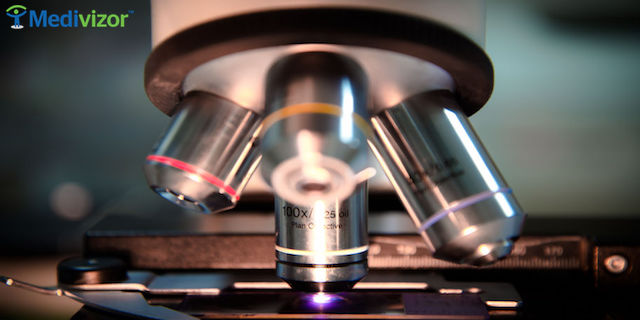In a nutshell
This study evaluated the effectiveness and safety of prostate artery embolization (PAE) compared to dutasteride (Avodart) and tamsulosin (Flomax) as the first alternative treatment for benign prostatic hyperplasia (BPH) in patients who had not received previous treatment. The study found that PAE was more effective than medical treatment in these patients.
Some background
Benign prostatic hyperplasia (BPH) is a common problem in male patients. It is when the prostate tissue grows, blocking the urethra (the tube that passes urine out the bladder). This can cause symptoms such as frequent urination and night-time urination. Specific medications can be used to reduce the size of the prostate and help alleviate lower urinary tract symptoms (LUTS). These include an alpha-blocker (such as tamsulosin and a 5-alpha-reductase inhibitor (such as dutasteride). These medications can be used separately or in combination (such as Duodart).
However, if medications do not work, then surgical intervention is often required to remove the prostate tissue locking urine flow. Prostate artery embolization (PAE) is a minimally invasive technique that involves stopping blood flow to parts of the prostate. This is done using a catheter (tube) inserted through the groin. This leads to the prostate shrinking. However, it is unclear which treatment, PAE or medical therapy such as Duodart, is more effective and has fewer side effects for patients with BPH who have not been treated before (first-line treatment).
Methods & findings
The study included 39 patients with BPH. All patients experienced moderate to severe LUTS and had enlargement of the prostate. These patients were randomly assigned to receive either combined medical therapy with tamsulosin and dutasteride (17 patients – group 1) or PAE (22 patients – group 2).
After 1 year, 13 patients in group 1 chose to cross over to group 2. None of the patients in group 2 chose to cross over to group 1. Overall, both medical therapy and PAE improved voiding symptoms and bladder outflow blockage compared to the beginning of the study. 63% of patients in group 2 had non-blocked urine flow compared to 28% of group 1. Overall, patients in group 2 had a significantly greater reduction in prostate size, incomplete bladder emptying, and overall LUTS compared to group 1. Also, patients in group 2 reported a significantly better quality of life compared to group 1.
More patients in group 1 experienced changes in ejaculation and reduced sexual desire. The most common side effects in group 2 were temporary increased urine frequency and pain during urination, that resolved within 1 month.
The bottom line
This study concluded that in patients with BPH treated for the first time, PAE was more effective and had fewer side effects compared to medical therapy.
The fine print
This study included a small number of participants. Larger and longer-term studies are needed to confirm its conclusions.
Published By :
BJU international
Date :
Aug 13, 2024






